An Environmentally Sensitive Home on Cape Cod
May 30, 2024
In Harwich Port, a couple goes the extra mile (and then some) to build a home that’s healthy for their children—and the planet.
Text by Fred Albert Photography by Michael J. Lee
People usually build a vacation home to escape from it all. But Michael and Jennifer Monteiro didn’t believe that meant escaping their obligations to the planet.
In designing their beach house in Harwich Port, the couple considered not just the energy needed to power it, but the sustainability of the materials used to construct it. “One of the goals was to try to source building materials that are bio-based, and to stay away from materials that we know are hazardous to the environment and to human health,” says Michael, the founder of a firm that invests in companies promoting climate solutions.
He found a kindred spirit in Adam Titrington of Estes Twombly + Titrington Architects in Newport, Rhode Island. “There’s a lot of talk now about plant-based eating,” Titrington muses, “but this was plant-based building.”
The 5,400-square-foot home, built by C.H. Newton Builders, was divided into two shingled boxes to help reduce its mass and provide a pair of south-facing roofs for the solar panels that power it. Those roofs were covered in recyclable zinc, the concrete foundation incorporates fly ash in place of CO2-producing Portland cement, and PVC pipes were banished in favor of cast iron. The house was built atop piers, with basement walls that could be removed to allow waves to wash underneath, should climate change demand it.
At Michael’s suggestion, the house was insulated with hemplime, a mix of hemp fibers, lime, sand, and water that (unlike toxic petroleum-based spray foam insulation) is fire resistant, renewable, doesn’t emit harmful gases, and has thermal mass—meaning it can absorb heat and disperse it once the sun goes down. Common in other countries, it was untested in the U.S., where hemp was considered a controlled substance until 2018. (Michael became such a fan, he dedicated a website to it: capecodhemphouse.com.)
In place of synthetic house wrap, Titrington treated the exterior to a weather barrier made from lime render, a breathable mix of lime, sand, and water. The hemplime’s rough interior walls were covered in lime plaster, whose handwrought texture lends a soulfulness that drywall can’t duplicate. The lime plaster absorbs moisture from the air, lessening the need for air conditioning, handled here by an air-source heat pump abetted by triple-pane windows and doors (from Duratherm Window Company in Maine) that overlook decks covered in black locust, an invasive, locally sourced alternative to tropical hardwoods.
The sleek, sunny interior betrays little trace of the science behind the home, thanks to Liz Stiving-Nichols and Katie O’Neill of Martha’s Vineyard Interior Design, who delivered a calming coastal palette fashioned from natural, renewable fibers. “Part of the challenge was finding something that we felt could withstand life on the water,” says Stiving-Nichols, who employed lots of cotton and linen upholstery and wool rugs in lieu of petroleum-based synthetics. Furniture was either made domestically or crafted by regional artisans to reduce carbon expended in shipping.
Titrington estimates that the sustainability measures added about 30 percent to the cost of the house. While that’s a sizeable upcharge, he notes that “the costs on a lot of these approaches are coming down.” That’s good news for homeowners and Mother Earth.
Project Team
Architecture: Estes Twombly + Titrington Architects
Interior design: Martha’s Vineyard Interior Design
Builder: C.H. Newton Builders
Landscape design: Kimberly Mercurio Landscape Architecture
Share
![NEH-Logo_Black[1] NEH-Logo_Black[1]](https://b2915716.smushcdn.com/2915716/wp-content/uploads/2022/08/NEH-Logo_Black1-300x162.jpg?lossy=1&strip=1&webp=1)













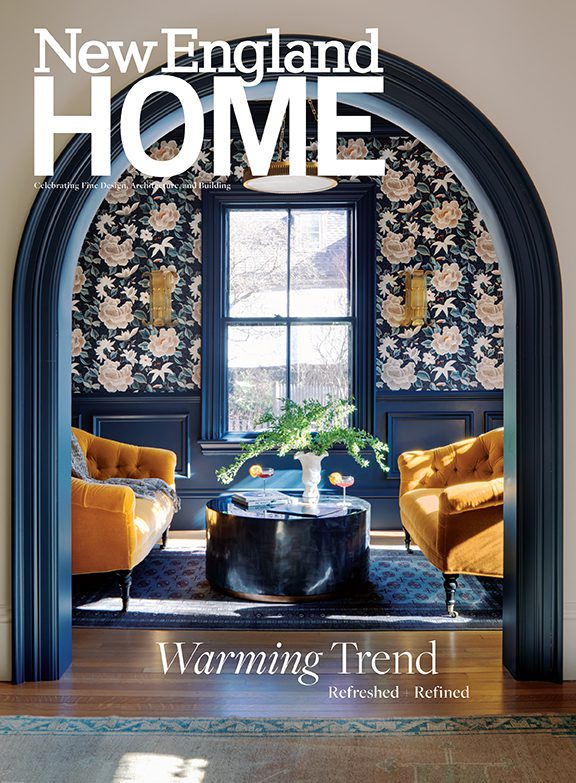
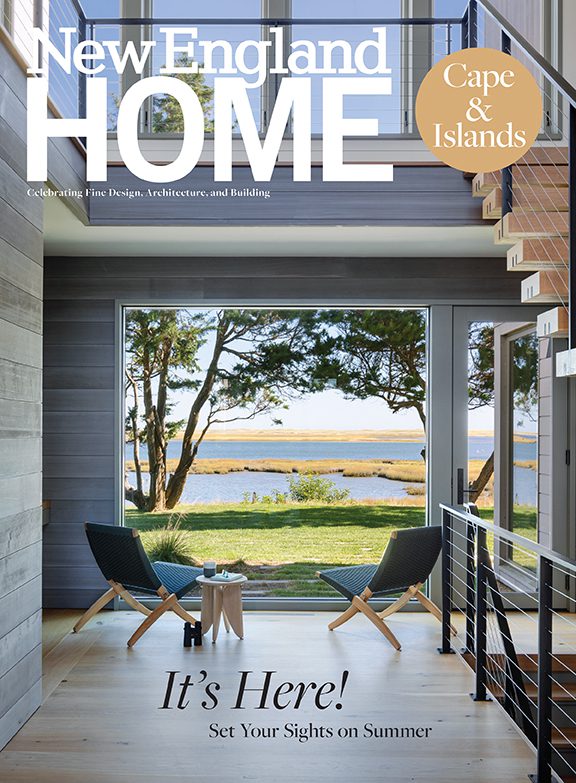

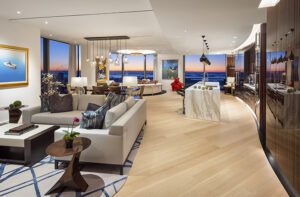
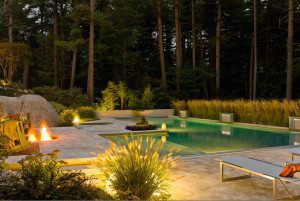
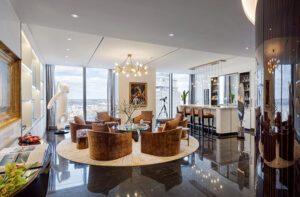

You must be logged in to post a comment.